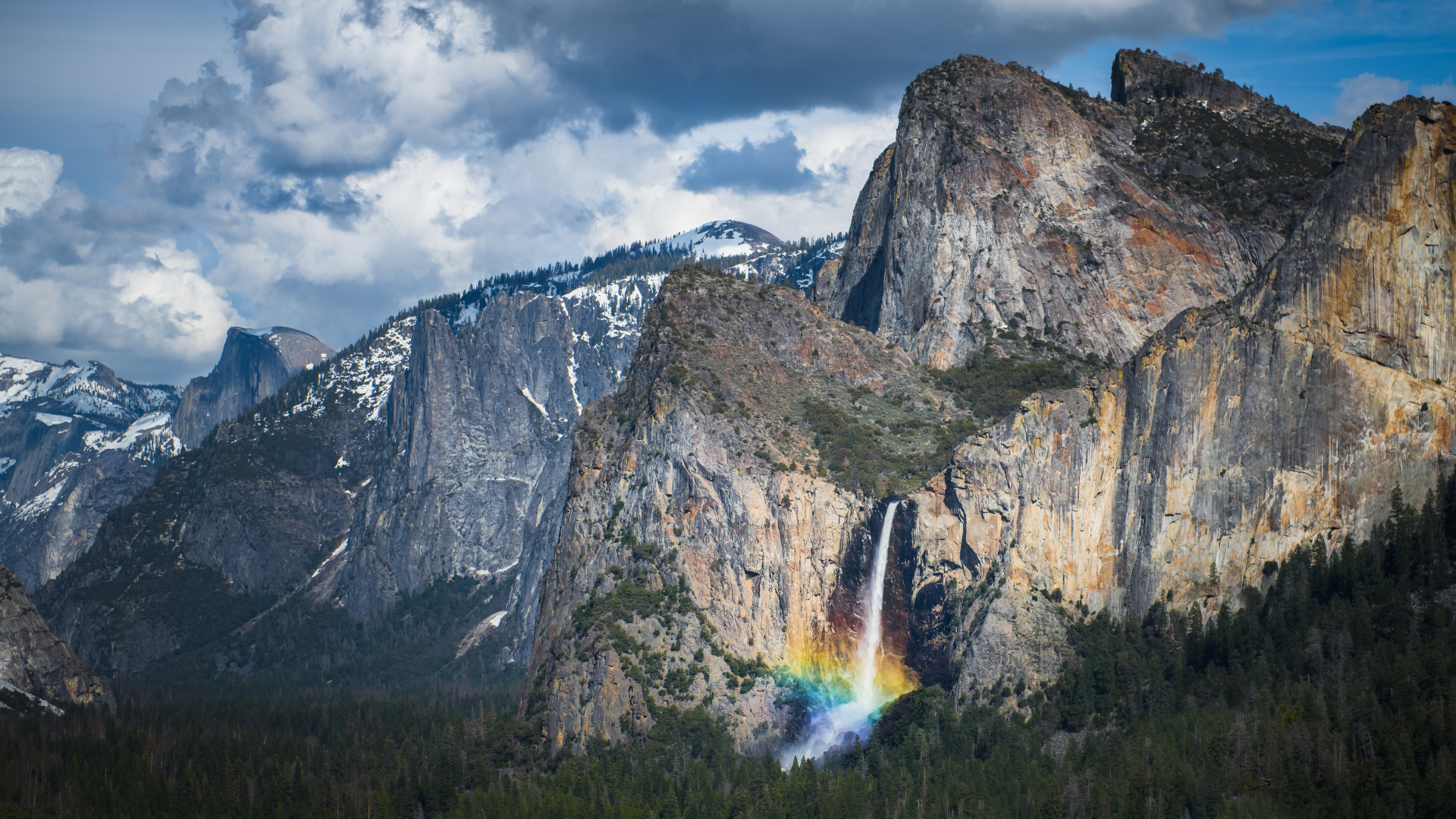Why are National Parks important?
We explain why National Parks are important, and explore the history and benefits of these remarkable areas of natural beauty

If you’ve ever strolled through the silent but mighty redwoods, been dwarfed by the granite behemoth El Capitan or waited for Old Faithful to burst scorching mist through the earth’s surface, you’ve felt the immense power of our National Parks. But beyond stunning landscapes and boundless opportunities for outdoor adventure, did you know that these areas serve important environmental, economic and cultural purposes too? In this article, we explain why National Parks are important and how they benefit you.
What are National Parks?

If you were to ask Wallace Stegner, the late American novelist and environmentalist, he’d tell you that "national parks are the best idea we ever had.” National Parks are areas designated for their natural beauty, where conservation of land and wildlife is practiced.
The seed of the idea for National Parks was most likely planted by some progressive thinking pioneers who traveled to Wyoming in 1870 to witness its now-famous geysers. While some members of the group were interested in exploiting the potential profits of these thermal waters, a lawyer by the name of Cornelius Hedges suggested these hot springs instead be preserved for the enjoyment of others. Soon after, in 1872, President Grant signed the act creating Yellowstone National Park, which is now widely accepted as the world's first National Park.
How are National Parks protected?

The National Park Service was established in 1916 to consolidate management of America's federal parklands under one agency and today it manages 84 million acres across all U.S. states and territories including 63 National Parks, and serves as a model for other countries around the world.
Our National Parks boast unique geological features, diverse ecosystems and recreational opportunities. They boast an astounding array of topography and ecology, from the deep valley of Yosemite and great sand dunes of Colorado, to the coral reefs of Biscayne and red sandstone rock formations of Arches. The native plant and wildlife in each of these distinctive settings is protected and people from around the world can recreate and learn about history and nature.
Learn more about our national parks in our article on National Park facts.
What is the main purpose of National Parks?

The primary purpose of national parks is the preservation of the natural environment for the benefit, education and enjoyment of others. In the US, national parks protect areas of natural beauty including the plants and wildlife that live there, and provide access, recreational opportunities and educational programs for people to learn about these natural habitats.
All the latest inspiration, tips and guides to help you plan your next Advnture!
Once an area receives National Park status, it means that the area’s resources and landscape will be protected from most development, excepting amenities like access roads, trails and toilets.
Without national park designation, many of our most treasured beauty spots might be lost, either to landowners seeking to develop them for profit or to industries looking to mine precious resources. Designating areas like Rocky Mountain National Park and Zion as National Parks helps keep them safe from development an destruction so that their ecosystems can continue to thrive and so that future generations can continue to enjoy them
Why do we need National Parks?

National parks serve a vital role in maintaining ecological biodiversity, supporting our economy and providing cultural preservation and education.
By nature, National Parks contain a wealth of natural resources such as hydraulic power, minerals, land, timber and thermal waters that many industries would be interested in owning for profit. Industrial interference would make these beauty spots off-limit, not to mention disrupt their native ecosystems and food chains. National Parks are largely free of development and human interference in the natural ecosystems, which means healthy flora and fauna and cleaner air, water and soil. They’re also well-organized to keep hikers on designated trails minimizing destruction of land.
National parks also serve a vital economic role. US National Parks see approximately 318 million visitors every year who help support the countless communities surrounding the parks, and the NPS estimates it provides some 20,000 full-time equivalent jobs within the parks system, including biologists, engineers, historians, law enforcement officers and curators.

Finally, National Parks serve an important cultural function, preserving historical sites as well as natural features, providing education and of course the boundless opportunities for healthy recreation – most visitors pack their hiking boots on a visit with plans to explore the 21,000 miles of trails in our national parks.
Whereas many natural features in the backcountry are off-limits to those without outdoor gear and expertise, national parks are known for providing wheelchair accessible access and trails to geological phenomena such as Lower Yosemite Falls and the Grand Canyon’s north and south rims.
Visitors to national parks learn about respecting nature and wildlife as well as about the natural environment, which helps foster appreciation of nature, and importantly, entry fees to all national parks are affordable to almost all income levels. All combined, National Parks promote access, equity, education and inspiration to millions of people.
Julia Clarke is a staff writer for Advnture.com and the author of the book Restorative Yoga for Beginners. She loves to explore mountains on foot, bike, skis and belay and then recover on the the yoga mat. Julia graduated with a degree in journalism in 2004 and spent eight years working as a radio presenter in Kansas City, Vermont, Boston and New York City before discovering the joys of the Rocky Mountains. She then detoured west to Colorado and enjoyed 11 years teaching yoga in Vail before returning to her hometown of Glasgow, Scotland in 2020 to focus on family and writing.

